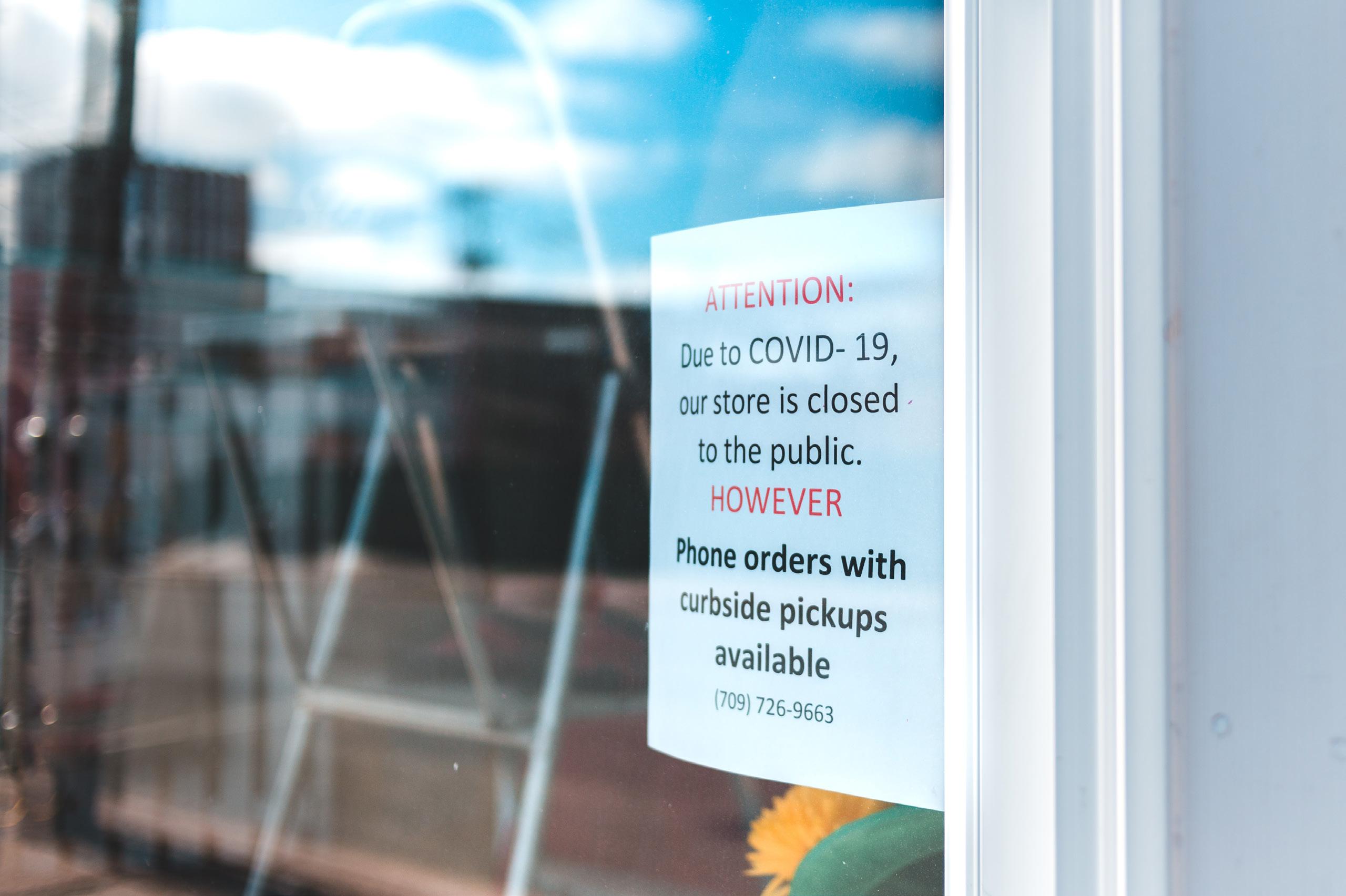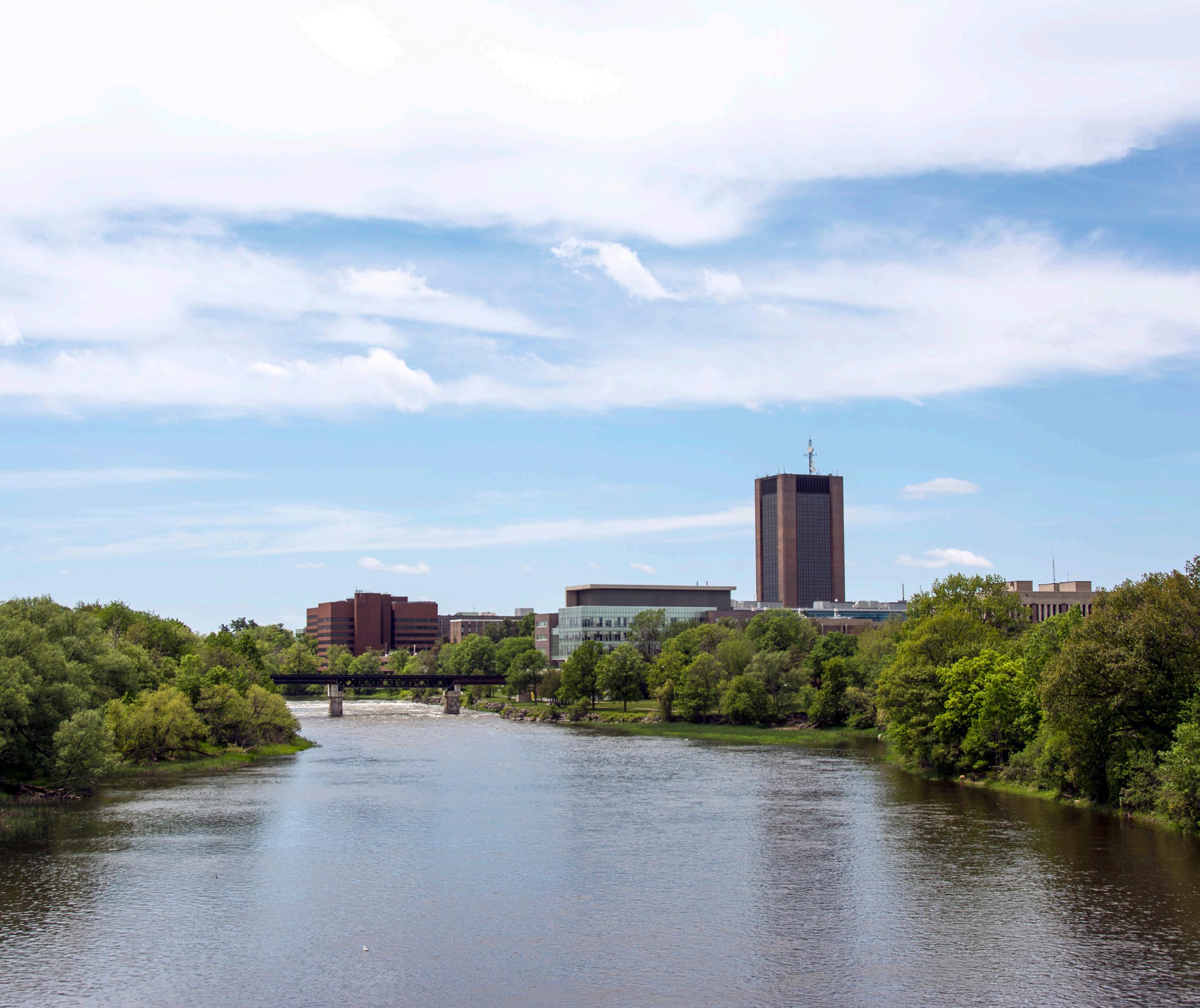
4 minute read
Neighbourhood Watch: Amid a Devastating Health Crisis and Rising Racial Tensions, Carleton Researchers Are Evaluating Ottawa’s New Community Policing Project
Feature Neighbourhood Watch: Amid a Devastating Health Crisis and Rising Racial Tension, Carleton Researchers Are Evaluating Ottawa’s New Community Policing Project
(The following is an excerpt from Carleton University Raven Magazine, Fall 2020. Written by Lisa Gregoire.)
Advertisement
Given recent controversies, not to mention the global pandemic, one could argue that it’s not a great time for academics to partner with police departments. Or you could say the opposite: in an era of simmering distrust and heightened scrutiny, let’s ask a few important questions — what’s working, what’s not, and why? — in order to grow a new relationship between police officers and the public they serve.
Linda Duxbury, a management professor at Carleton’s Sprott School of Business, believes the latter. Last year, she and frequent collaborator Craig Bennell from the university’s psychology department launched a three-year project with the Ottawa Police Services (OPS) to evaluate three neighbourhood policing pilot projects in Vanier/Overbrook, Lowertown/ByWard Market downtown and Bayshore in the west end.
New Neighbourhood Response Teams
In fall 2019, long before the COVID-19 lockdown and the May 2020 death of George Floyd in Minneapolis, the OPS, under acting Chief Steve Bell, quietly heeded calls from residents in high crime areas such as Vanier/Overbrook and assembled neighbourhood response teams (NRTs).
These teams consist of communityspecific officers in schools, on the street, in frontline enforcement and in traffic control. The OPS had eliminated community officers in 2017 because, although neighbourhoods liked them, concrete impacts had never been established. This time around, the OPS is gathering facts to help it assess the value of such programs, with help from Duxbury, Bennell and a team of graduate students.
“If you knew how much money is being spent on policing in Canada, why shouldn’t business schools do research that looks at how officers spend their time?” says Duxbury.
“At Sprott, we want to make a difference in the community.”
Duxbury, who has conducted studies on change management, work-life balance and the impact of technology in the public, private and not-for-profit sectors, recently completed an evaluation of the Peel Regional Police’s school resource officer program with Bennell. Impressed with those results, the OPS asked them to conduct an audit of its three NRT pilots.
With $350,000 in funding from Social Sciences and Humanities Research Council of Canada and MITACS, the multi-year study was launched in fall 2019, starting in Vanier/Overbrook. The researchers managed to complete a baseline round of stakeholder interviews, neighbourhood focus groups and an online survey before the pandemic ground our lives to a halt.
But while COVID-19 has forced the team to shift consultations to an online format,
Linda Duxbury
it also offers a unique opportunity to examine how the pandemic is impacting police officers, crime and community wellness. Last April, Duxbury launched a separate research project, in collaboration with the Canadian Police Association and also supported by MITACS, to examine the impact of working during the coronavirus crisis on officers and their families.
In simple terms, Duxbury’s community policing group is hoping to define what an ideal relationship would look like between NRT officers and the neighbourhoods they patrol and then offer recommendations on how to achieve that. But there’s nothing simple about the work.
Synthesizing elements such as public expectations, crime prevention, feelings of safety and trust, police interactions, community anecdotes and experiences, court diversion and the quality of communication is tricky. To do that, researchers are measuring the Social Return on Investment, or SROI, a progressive tool for evaluating not just a policy’s cost and statistical outcomes but also its social value: the impacts a policy might have on a community’s health and well-being.
For instance, familiar neighbourhood cops might make people feel safer, but how does that translate into actual benefits for the community? You map out the impacts using SROI indicators over time and then attach dollar figures to the outcomes. “You also talk to people and listen to their stories,” says Duxbury. “An SROI analysis goes beyond numbers to the stories that help illustrate or explain them.” What is challenging for police, and what people have to understand, is that there’s no one view of what a positive relationship looks like between members of the community and police. “This process doesn’t work,” says Duxbury, “if the community doesn’t work cohesively and with the police to get a common view of what it wants.”
So, what do the people of Vanier/Overbrook want?
Depends on who you ask. Sources say they welcome the reinstatement of community policing, but they’re still unclear about what the officers should be doing and whether they’ll be effective in meeting their diverse needs.
Read the full article at carleton.ca/ravenmag










